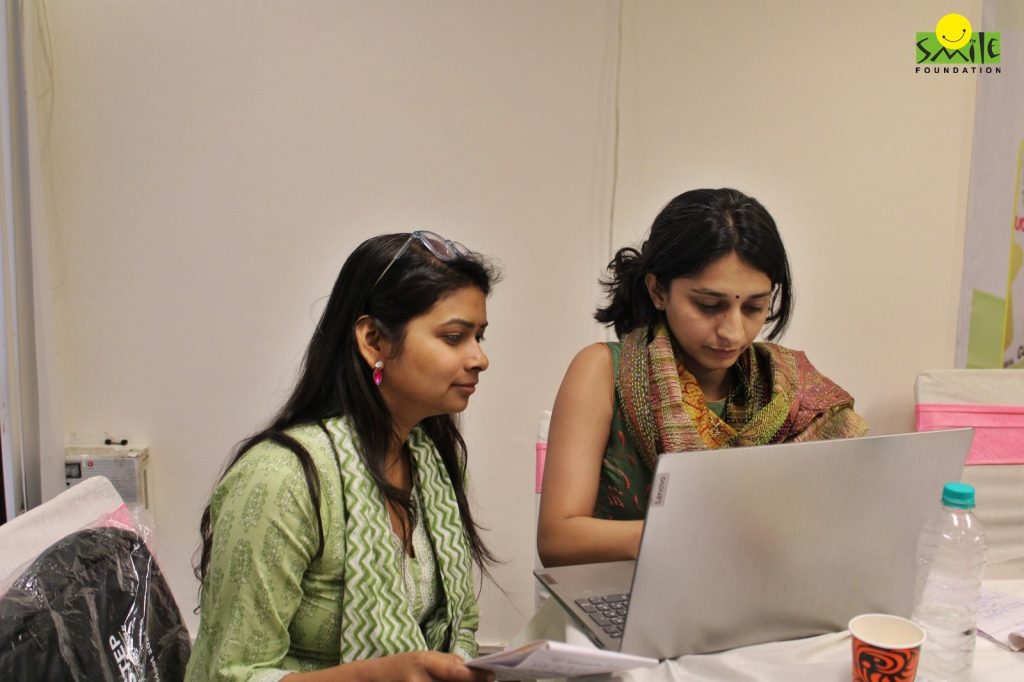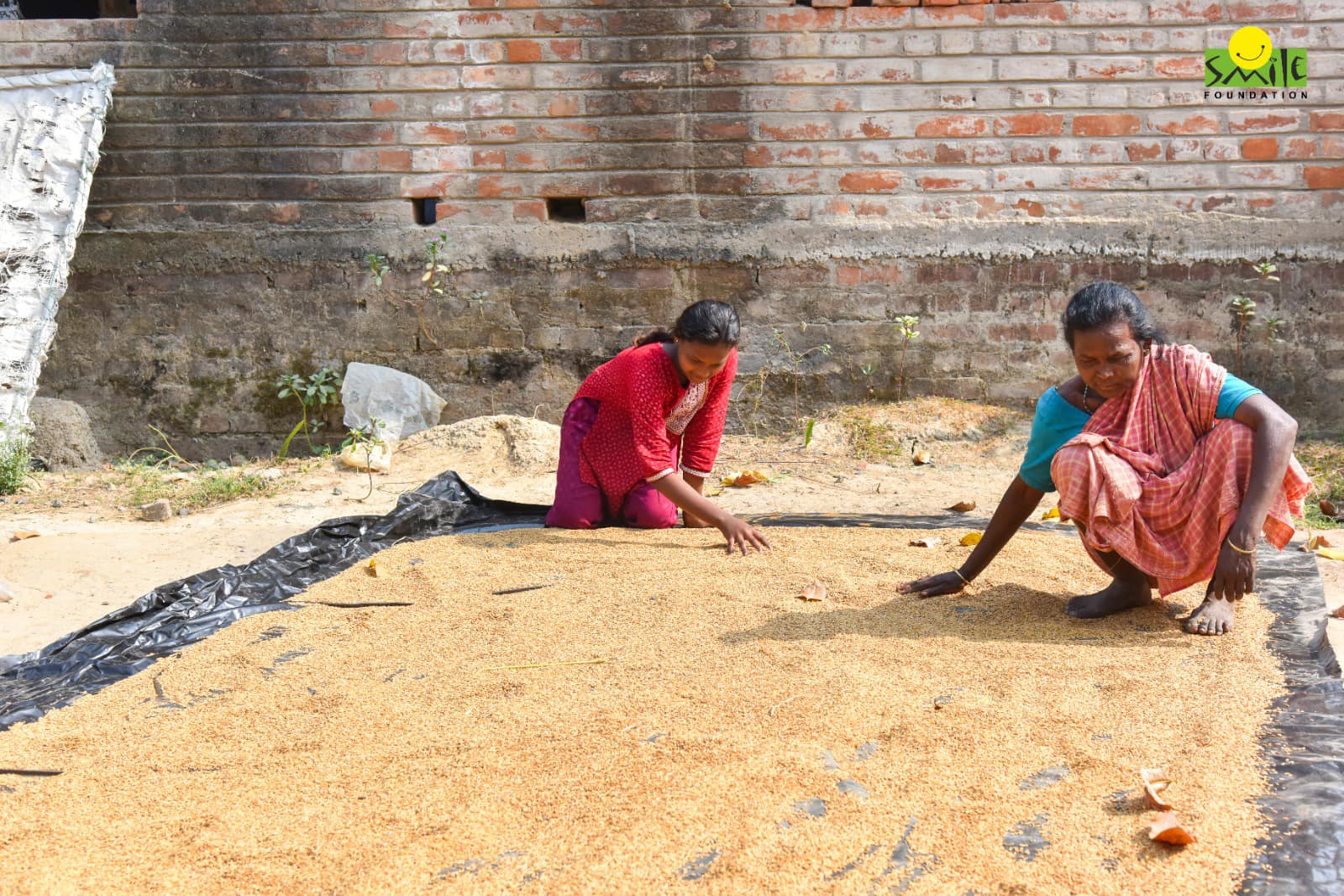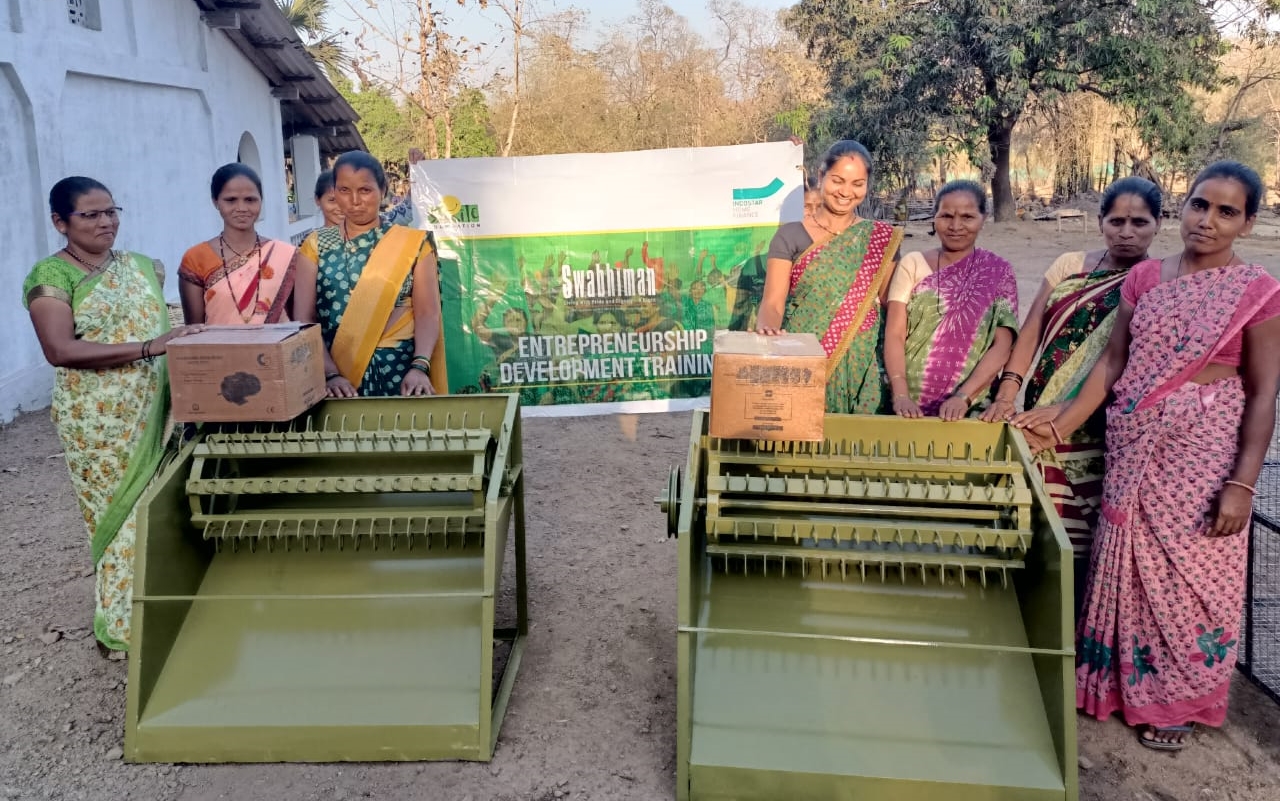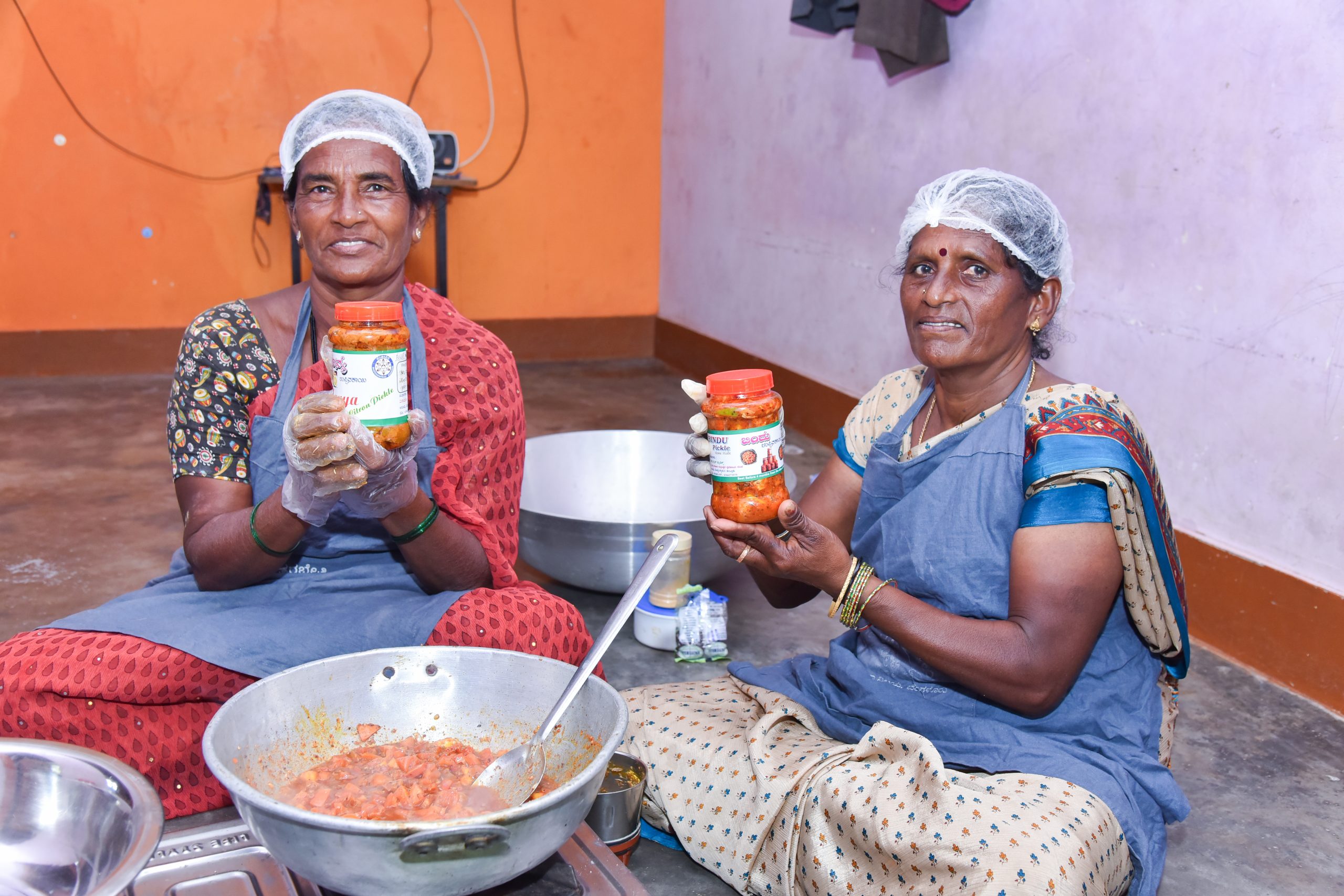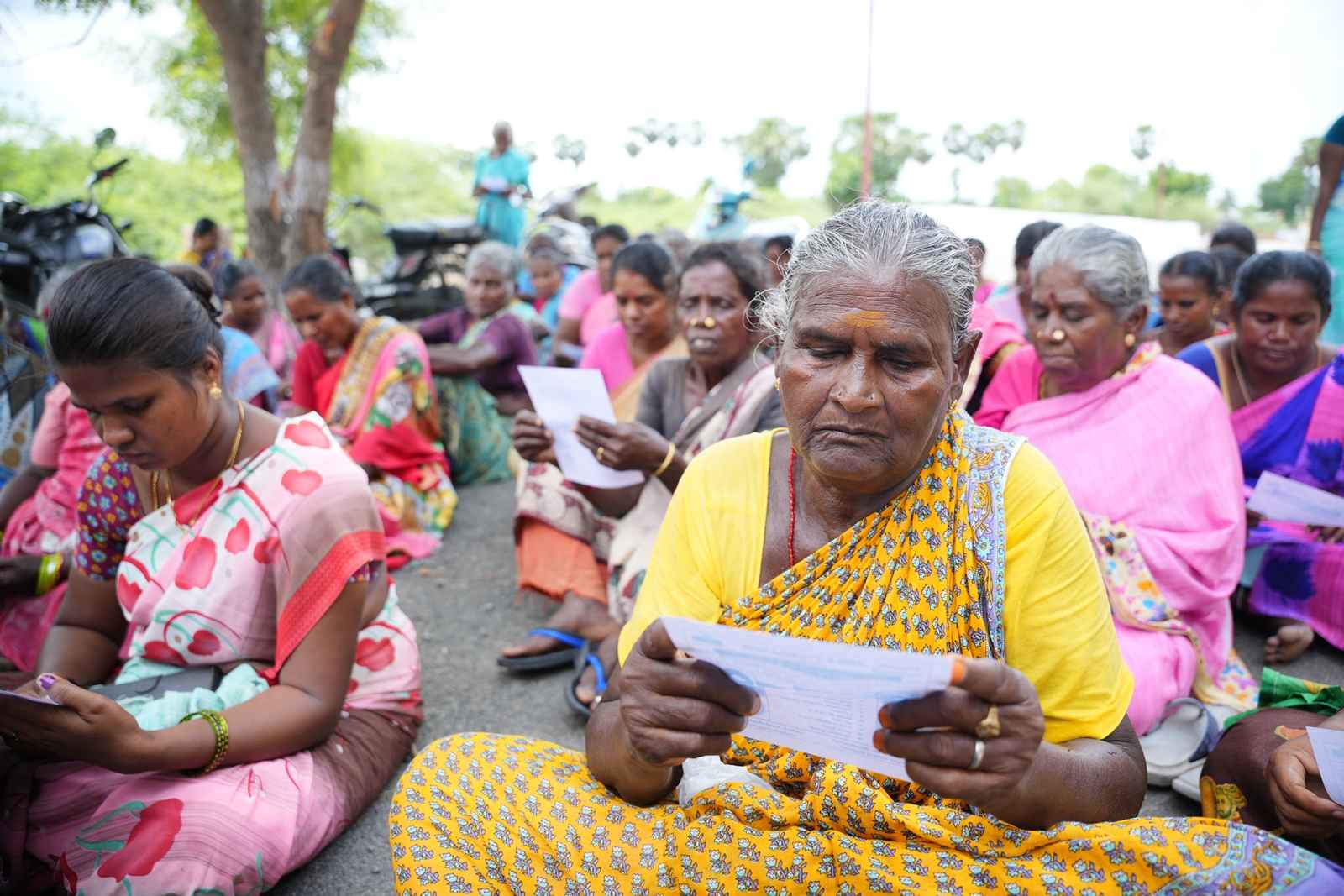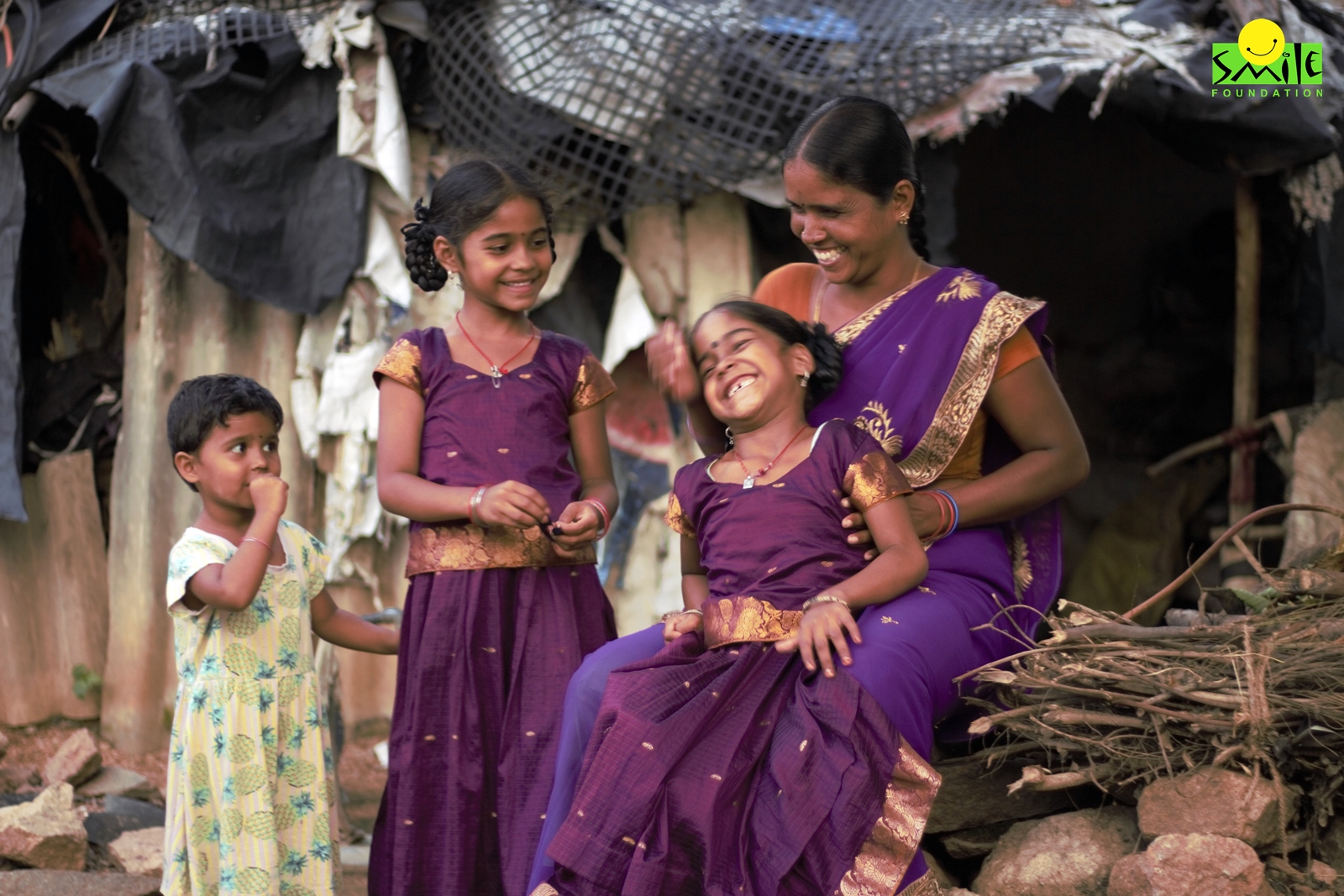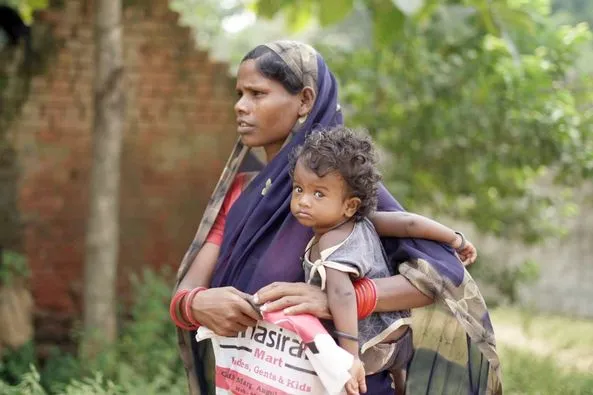‘Equality knows no gender’. While we are all familiar with this saying, gender equality, and gender equity, is something that people across the world are still fighting for, and the same is true for India.
In a land where goddesses are revered, many women and girls still struggle for access to education, healthcare, equal pay, right to property and financial independence, among other things. Members of the LGBTQIA+ community are worse off, and have to wage their own battle as they face social stigma and lack access to equal opportunities at the home, workplace and in society.
Gender equality vs gender equity
Gender equality refers to the idea that all people, regardless of their gender, should have the same rights, opportunities, and access to resources. It’s about treating everyone equally, with no discrimination based on gender.
Gender equity focuses on fairness and justice in addressing gender imbalances. It recognizes that people of different gender identities often start from different places due to historical, social, and economic disadvantages, and therefore, requires different treatment or resources to achieve fairness.
On the Gender Inequality Index (GII) 2022, India ranks 108 out of 193 countries, with a score of 0.437. This is an improvement as India stood at rank 122 out of 191 countries with a score of 0.490 in the Gender Inequality Index 2021. This is because the government, and NGOs have been working to bring about gender equality, and equity, in all spheres of life. But we still have a long way to go.
When education is a privilege
The Right of Children to Free and Compulsory Education Act or Right to Education Act (RTE), enacted on August 4, 2009, makes education a fundamental right of every child between the ages of six and 14 and specifies minimum norms in elementary schools.
However, according to Child Rights and You (CRY), only about 60% of girls complete class 12, says John Roberts, director, southern region, CRY. “Whenever children are not in school, they become susceptible to early marriage, violence and abuse, and child labour. And girls are more vulnerable,” he says.
The government and NGOs have come up with initiatives to address the problem. The Beti Padhao Beti Bachao (BBBP) initiative was launched in 2015 to provide financial assistance for the education and health of the girl child, especially in districts with low child sex ratio.
However, when it comes to the LGBTQIA+ community, many of them are still forced to drop out of educational institutions due to the bullying and discrimination they face from their peers and even teaching staff.
Battle for equity in healthcare
A study by the All India Institute of Medical Sciences, New Delhi, has revealed that only 37% of women have proper access to health needs and services compared to 67% of men. Issues like maternal mortality, malnutrition, and lack of access to reproductive health services need to be addressed to improve gender equity in health.
Women experience delays in seeking care, inadequate prenatal and maternal healthcare, and higher rates of malnutrition and anemia. A Harvard health study has shown women in pain are much more likely than men to receive prescriptions for sedatives, rather than pain medication, for their ailments. One study even showed women who received coronary bypass surgery were only half as likely to be prescribed painkillers, as compared to men who had undergone the same procedure.
According to Dr Preetha Reddy, vice chairperson, Apollo Hospitals, gender inequities in healthcare can be addressed by encouraging more women to join the medical field, as nearly two-thirds of healthcare workers in India are men; only 6% of all doctors in rural areas are women.
As far as the LGBTQIA+ community is concerned, there aren’t enough medical professionals also to address their unique healthcare needs as the healthcare needs of a lesbian or gay person is very different from that of a trans person, especially someone who is medically transitioning.
‘Invisibility Amplified: A report on the impact of COVID-19 on intersex people in Asia’, released in 2021 by Intersex Asia, revealed that a significant number of intersex people were reluctant to seek medical help despite having symptoms of Covid-19 due to their prior experience of medical violence and trauma. The report also showed that while more than 40% of the people surveyed didn’t get directly affected by Covid-19, an alarming number of people didn’t see a doctor despite having Covid-19 symptoms.
Lack of political representation
Equal participation and leadership of women in political and public life are essential to achieving the Sustainable Development Goals by 2030. However, data shows that women are underrepresented at all levels of decision-making worldwide and that achieving gender parity in political life is far off, says a UN Women report.
In India, the 18th Lok Sabha comprise only 74 women compared to 469 men, says a Firstpost report, adding that “this share is not only abysmally skewed but also lower than the 14.4% share of female representation during the 2019 election, where 78 women were elected as MPs.”
There is not adequate representation of other genders as well in Indian politics. But winds of change are blowing. In Tamil Nadu, which has always been at the forefront of transgender reform, transgender Priya Babu went to court and won her community the right to choose their gender in the voting list in 2003. Ganga Nayak created history in Tamil Nadu when she became the sole transgender candidate to have won a seat in the state local body polls in 2022.
Equality in the workplace
Women often face barriers to equal opportunities in the workforce. This includes unequal pay for equal work, lack of maternity benefits, gender-based discrimination, and limited opportunities for leadership positions.
According to a recent report highlighting Gender Disparities in Corporate Leadership in India, there has been an overall increase in female representation in the workforce over the years — from 23.9% in 2016 to 26.8% in 2024. But, as women advanced to managerial positions, there was a significant drop (18.59%), followed by a continuous decline in female representation in leadership positions — 20.1% at director roles, 17.4% at Vice President roles and at 15.3% at C-suite positions, says the report.
“The correlation between fewer women in leadership positions and women taking career breaks is undeniable. According to Avtar’s research, while women’s representation is 26% at entry level roles in corporate India, this drops to less than 12% at executive levels,” says Saundarya Rajesh, founder-president, Avtar Group. The lack of gender representation at the C-suite level can be attributed to the absence of conducive work structures across organizations – that of policies, programmes and career enablers that address women’s unique challenges, such as extended maternity leave, childcare support, and flexible work arrangements.
Encouraging policies for workplace safety, equal pay, and career advancement for women can help. “When companies begin to invest in hiring, retaining and advancing women, they see transformational impact. As per data emerging from Avtar & Seramount Best Companies for Women in India study, women’s representation in the Best Companies is at 37%,” says Rajesh, adding that, at leadership levels, this touched 20% in 2023, because of robust frameworks of support these organizations have towards ensuring equitable career pathways for women. “While all best companies in 2023 offered structured mentoring, 76% of them offered career sponsorship – a programme to give greater visibility to women’s work and their aspiration for advancement.”
End gender-based violence
Gender-based violence is another issue that needs to be tackled. According to an article, violence within the confines of the home remains a serious concern with 24% (6,237) of the total 25,743 complaints received by the Nation Commission for Women over 2024 pertaining to domestic violence.
“We have seen a big shift in the last two decades that we have been working in the field. Parents now realise the need for gender equality – to treat girls and boys in the same way, and to even invest in education and the daughter’s future. There is a realization that gender inequality contributes to domestic violence,” says Prasanna Gettu, founder of The International Foundation for Crime Prevention and Victim Care (PCVC).
While there are many laws to support women survivors of domestic violence, it’s different when it comes to non-binary people, she feels. “That’s going to take some time as there is less awareness, understanding, and lack of family acceptance. But it’s not impossible as we have reached a stage where it is being discussed in public, laws are being amended and in future policies can be strengthened,” says Gettu.
NGOs take initiative
Smile Foundation lays stress on vocational education and more than 44,000 girls are supported under its programmes. Our Project Manzil also provided counselling and employability skills training to over 90,000 young girls in Rajasthan.
Since financially literate mothers can motivate their children to be savvy with money, our women empowerment programme, Swabhiman, has a digital financial literacy component, which has been empowering women with the knowledge and skills to effectively navigate the digital financial landscape. The programme provides education and training on various aspects of digital finance, including online banking, mobile payments, budgeting tools, and safe online transactions. It equips women with the necessary skills to manage their finances, make informed decisions, and access financial services through digital platforms- all to make gender equity a reality of our their lives.



